Tata Stadium, Tata Football Academy, Tata Amusement Park, Tata Center for Excellence, Tata School- In Jamshedpur, historical headquarter of the biggest Indian multinational, everything seems “Tata Branded”. The people here drive Tata cars, they drink Tata Tea, they spend the evening looking at Tata satellite TV and they venerate Jamsetji Tata, the city’s founder, as a god of the Hindu pantheon. The origins of this giant of the Indian industry appeared at the end of the 19th century when Jamsetji, a rich contractor from Gujarat, took the decision to build a huge steel plant next to Calcutta. Nationalist and visionary, Jamsetji planed every detail of construction of the workers’ city that should come up on the grounds next to the factory. 8 hours of work a day, free housing and healthcare for the workers and their family-the Indian paternalism was born.
One century later, Jamshedpur is still the biggest pride of the Tata group, which presents the city as the best example of Jamsetji’s effective politic of social responsibility. All the city infrastructures (water, electricity, road) and the workers’ leisure facilities are managed by one sister branch of the Tata group. There are millions of people living in this totally privately-run city where the quality of life is without any doubt better than in most urban centres in India. The other side of the coin is that the corporate culture is so strong that often it seems the unique way of thinking.
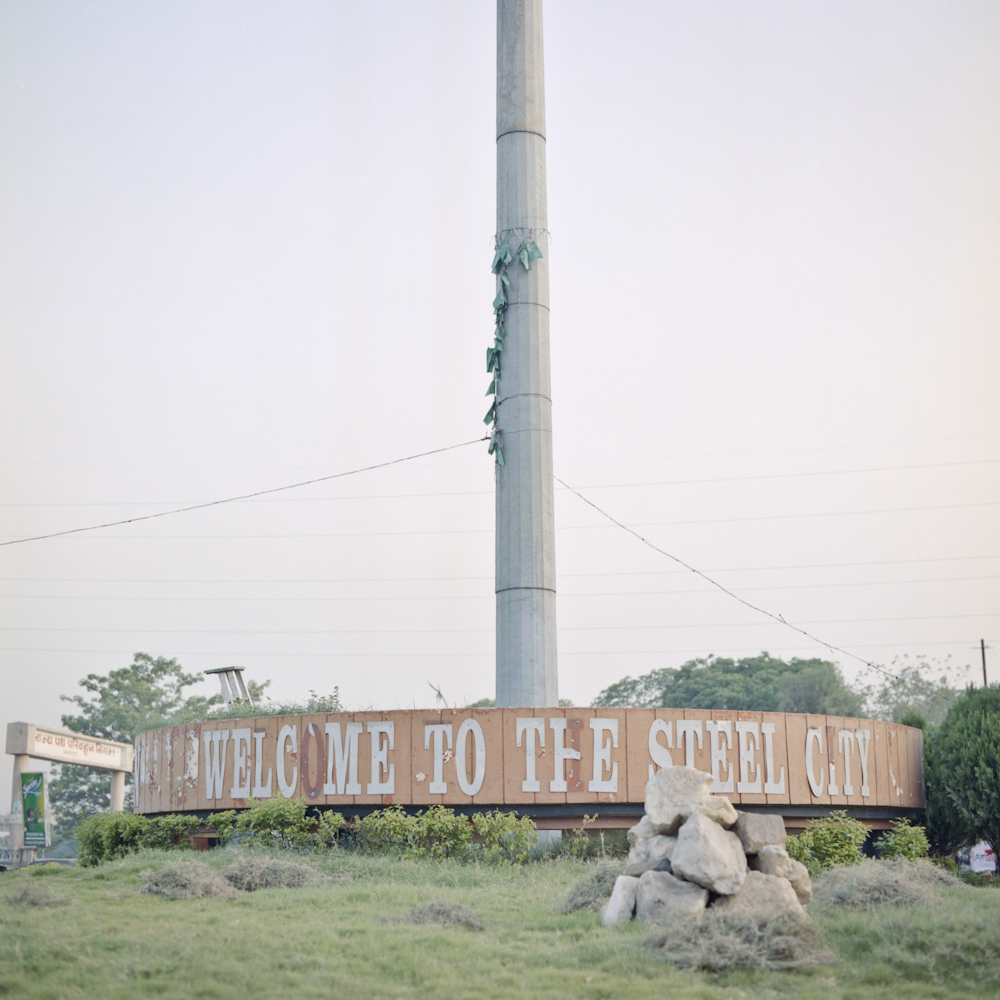
Called “Steel City”, Jamshedpur is the first site of steel production in India.

Men working on the steel structure of a new bridge that will allow the local population to cross the Subarnarekha river in the north of the city.

Jamsetji Tata, founder of the Tata group and of the city of Jamshedpur is adulated like a demi-god by the population. There are statues of him everywhere in the city.

Nearly 10 million tons of steel is produced annually at the Tata Steel plant in Jamshedpur.
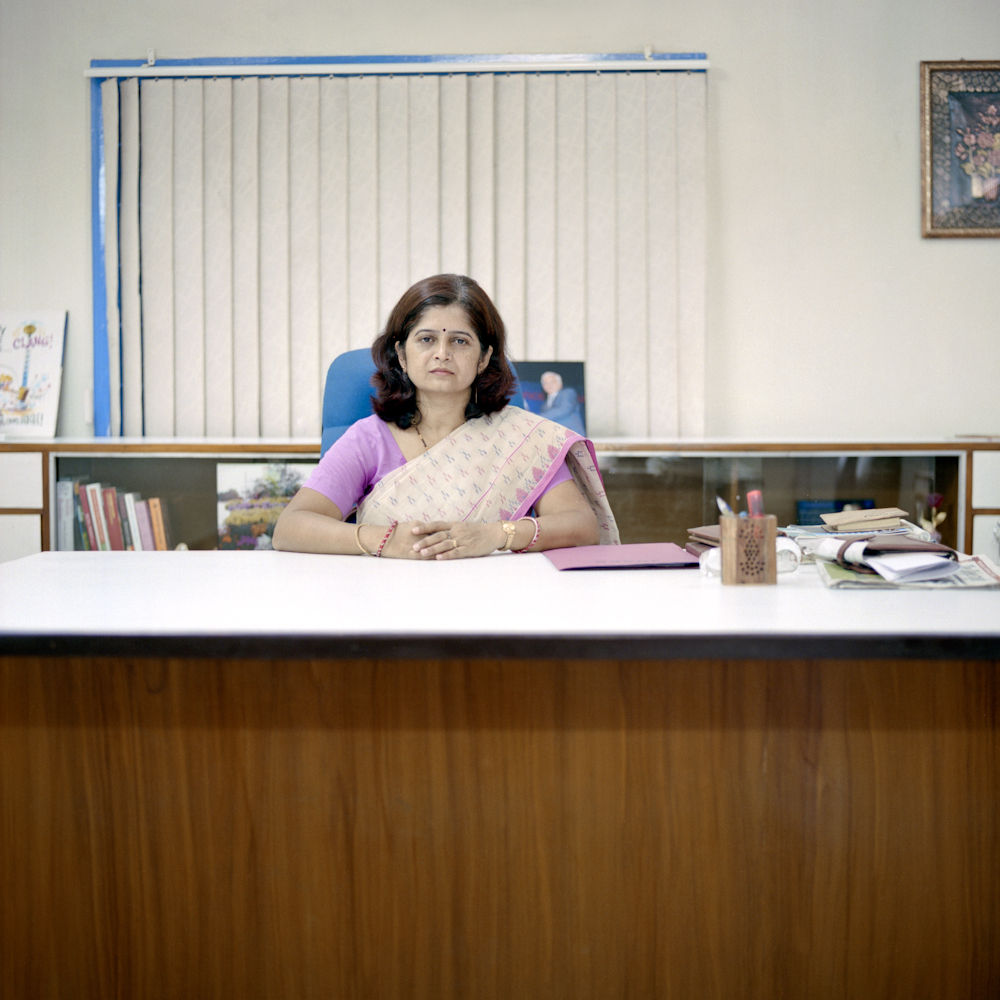
Headmistress of the Jusco School in her office. The primary school, funded by Tata Steel, caters mostly to children of workers and managers of the Group.
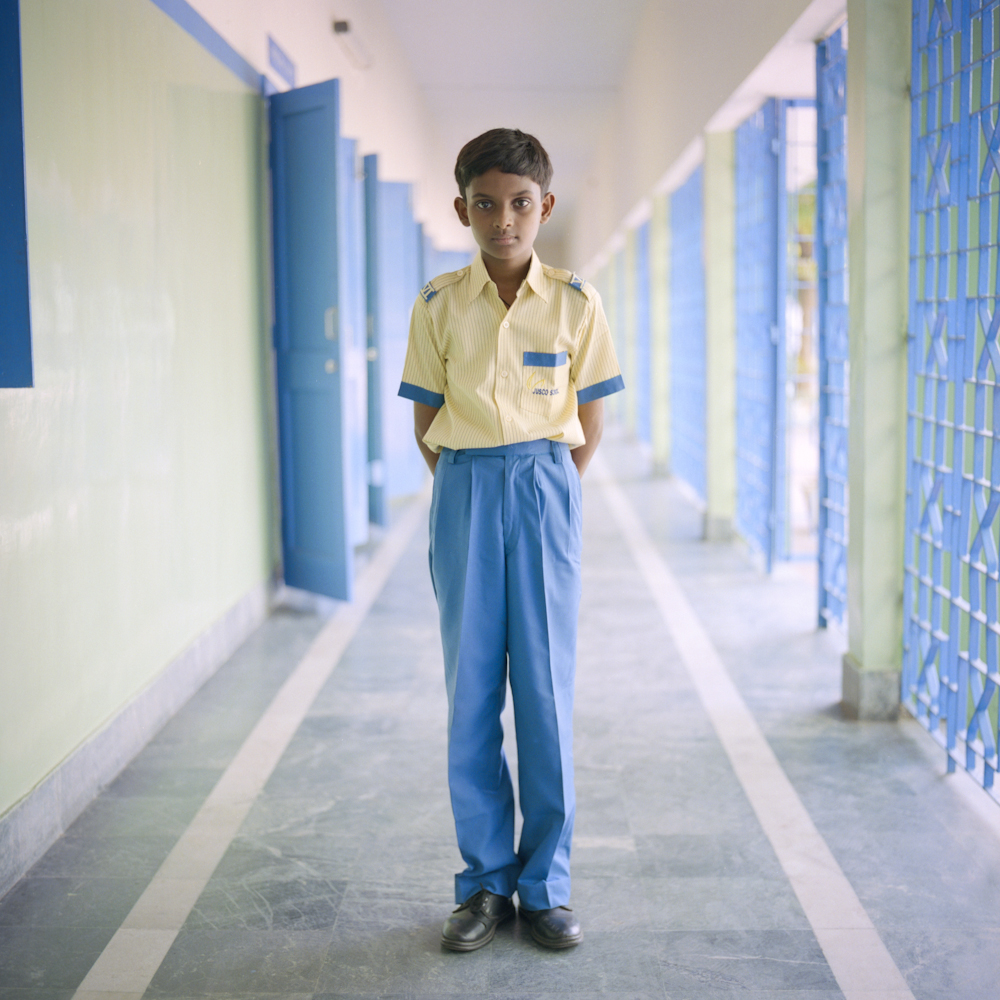
Raju, the young son of a Tata Steel worker poses in his new school uniform. The group indirectly encourages a one-child system by offering free schooling to the first child, fees for the second or third child are much higher.

Cleaning at the end of the day in Tata Steel’s warehouse.

Even in middle-class living rooms in Jamshedpur, the multinational is ever present with its television and communication services.

An employee of the finance department of Tata Steel poses with his family in the living room of his house, provided by the group.

Tata Football Academy has trained the elite of Indian footballers for the past twenty years.

A young worker of one of Tata’s subsidiaries checks gauges at a wastewater treatment plant.
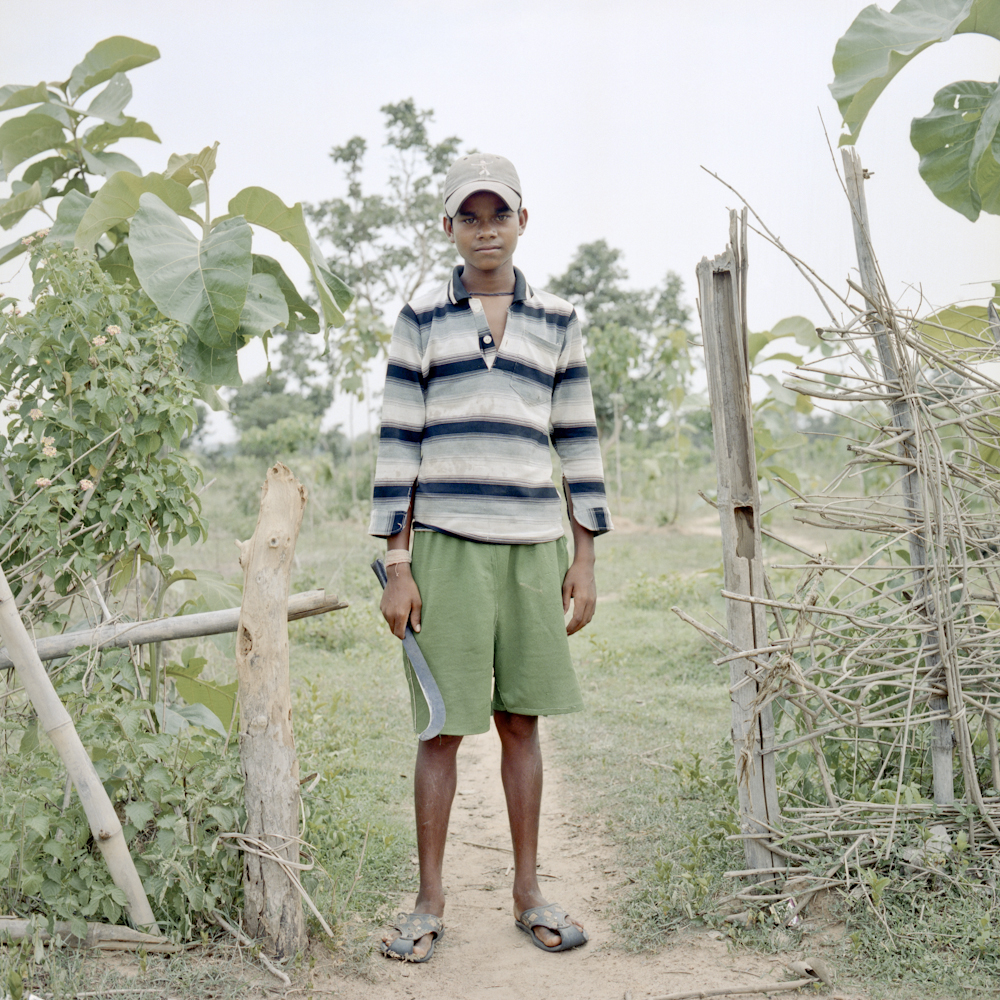
The multinational is trying to fight rural exodus that rapidly increases the poor population in Jamshepdur. This fast crowing population jeopardizes its economic paternalism model. Programs to support agricultural production through a provision of expertise and micro-credits are developed by the group in the surrounding countryside.

Two boys trying to make a living selling balloons near Tata Amusement Park.
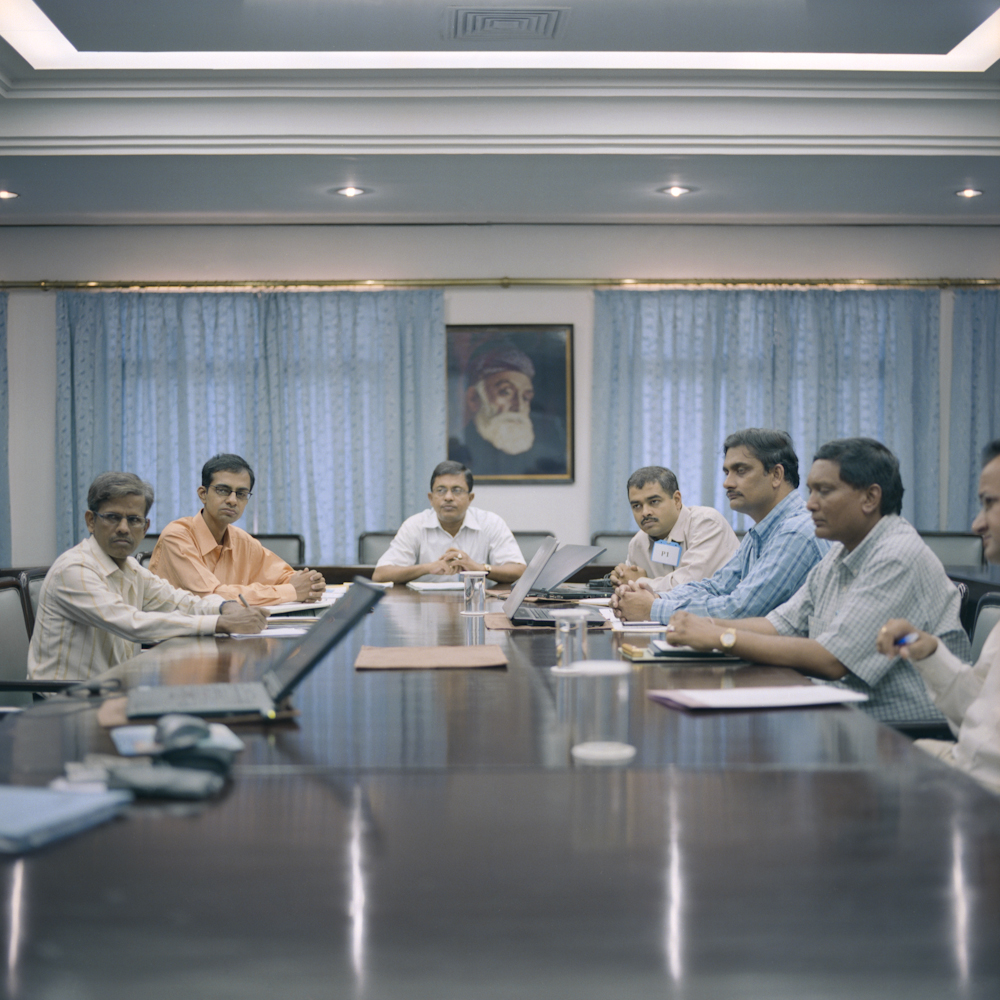
At a workshop for managers of HR departments. Jamshedpur has its own training center that can accommodate several days of seminars with the group’s executives from all over India.

Map of Tata Steel Zoological Park.

Block housing for workers near the Tata Steel plant.
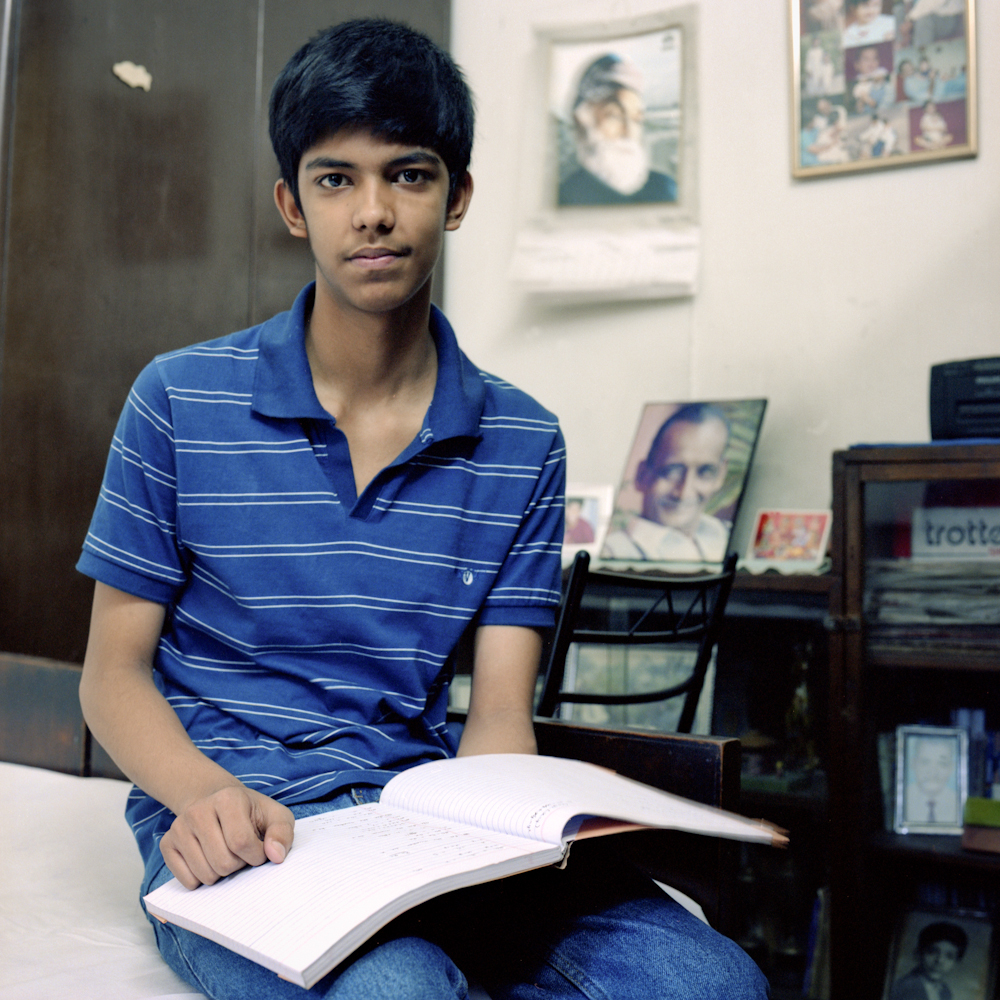
The eldest son of an employee of the communications department at Tata Steel in his room. In the background is the portrait Jamsetji Tata, like in most of the houses in the city.

JRD Tata Sports Complex.
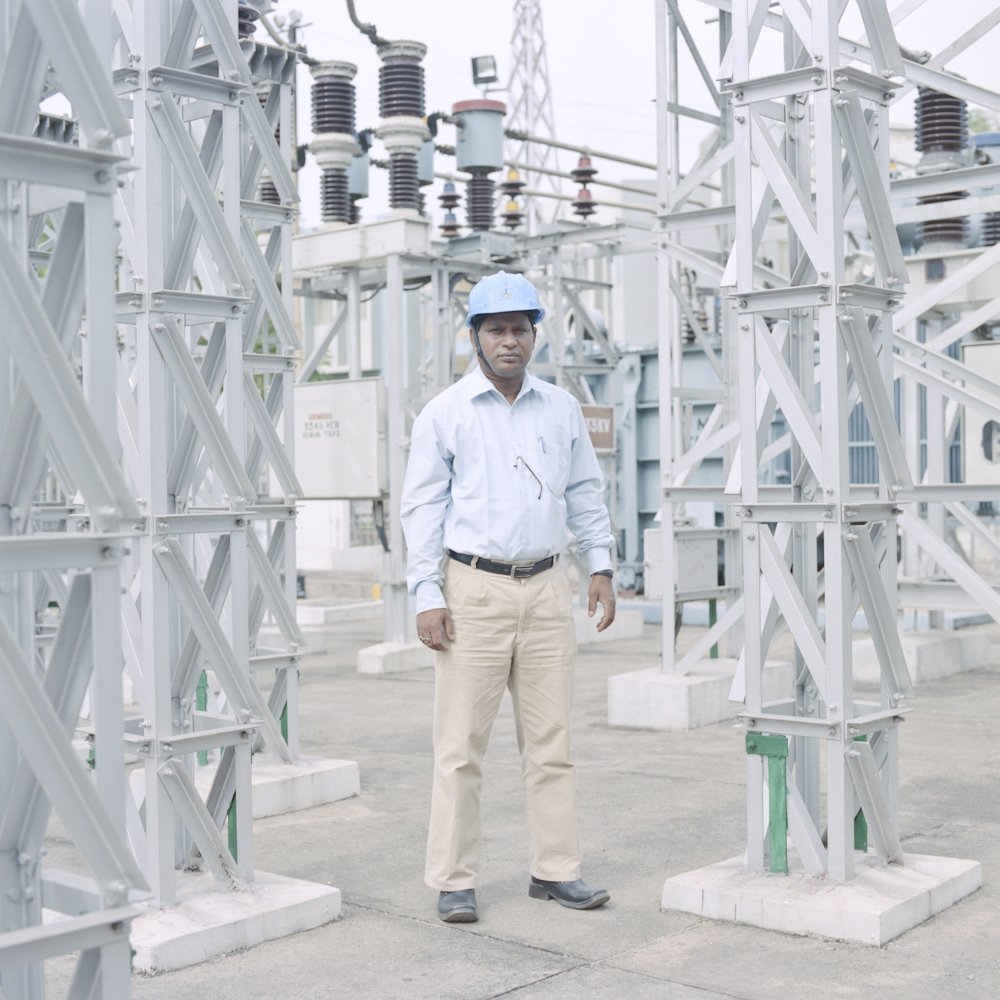
A foreman poses in the middle of one of the city’s power stations run by a subsidiary of Tata Steel.
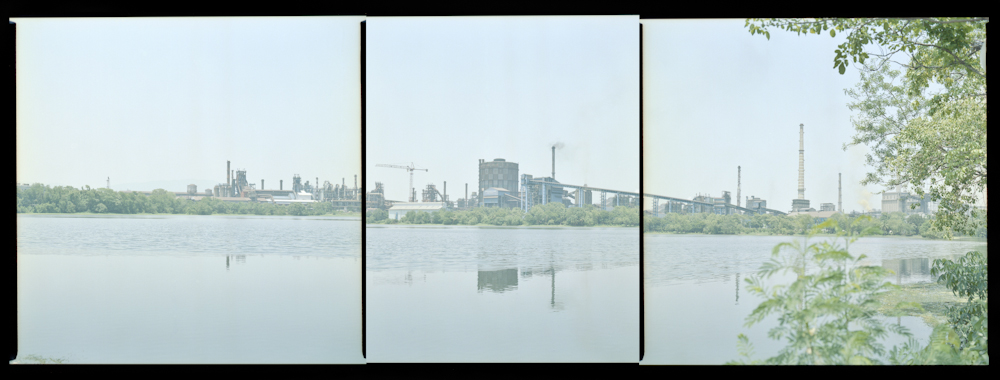
The steel plant in the centre of Jamshepur occupies one quarter of the city’s area.
Bio:
Thomas Vanden Driessche was born in Leuven in 1979. Holder of a master’s degree in journalism and a master’s degree in humanitarian management, he has been working for the United Nation Development program in Morocco, for the Belgian Red Cross and for the International Committee of the Red Cross Delegation to the European Union and the NATO.
Strongly attached to the ‘New Documentary Tradition’, his photography is often frontal and tries to split up reality with a special emphasis on portrait. His most recent photographic series tackle Contemporary India and its fast growing economy. Thomas is also working on a long-term project on some forms of trivialization of violence in Europe.
Rewarded with a ‘Parole Photographique’ price in 2009 and five PX3 awards in 2010-2011, and a ‘coup de coeur de l’ANI’ during the festival Visa pour l’image, his work has been recently displayed in Paris (MK2 Library, Gare de l’Est, Galerie Dupon, Festival Circulations), in Lille (Transphotographiques 2011) and in Brussels (Palais des Beaux-Arts, The Egg).
In 2011, Thomas was invited to be a jury member of the prestigious ‘Visa d’or Humanitaire’ awards. His work is promoted and supported by the french organization Fetart promoting Young emerging european photographers.
Thomas lives and works for the moment in Brussels.
